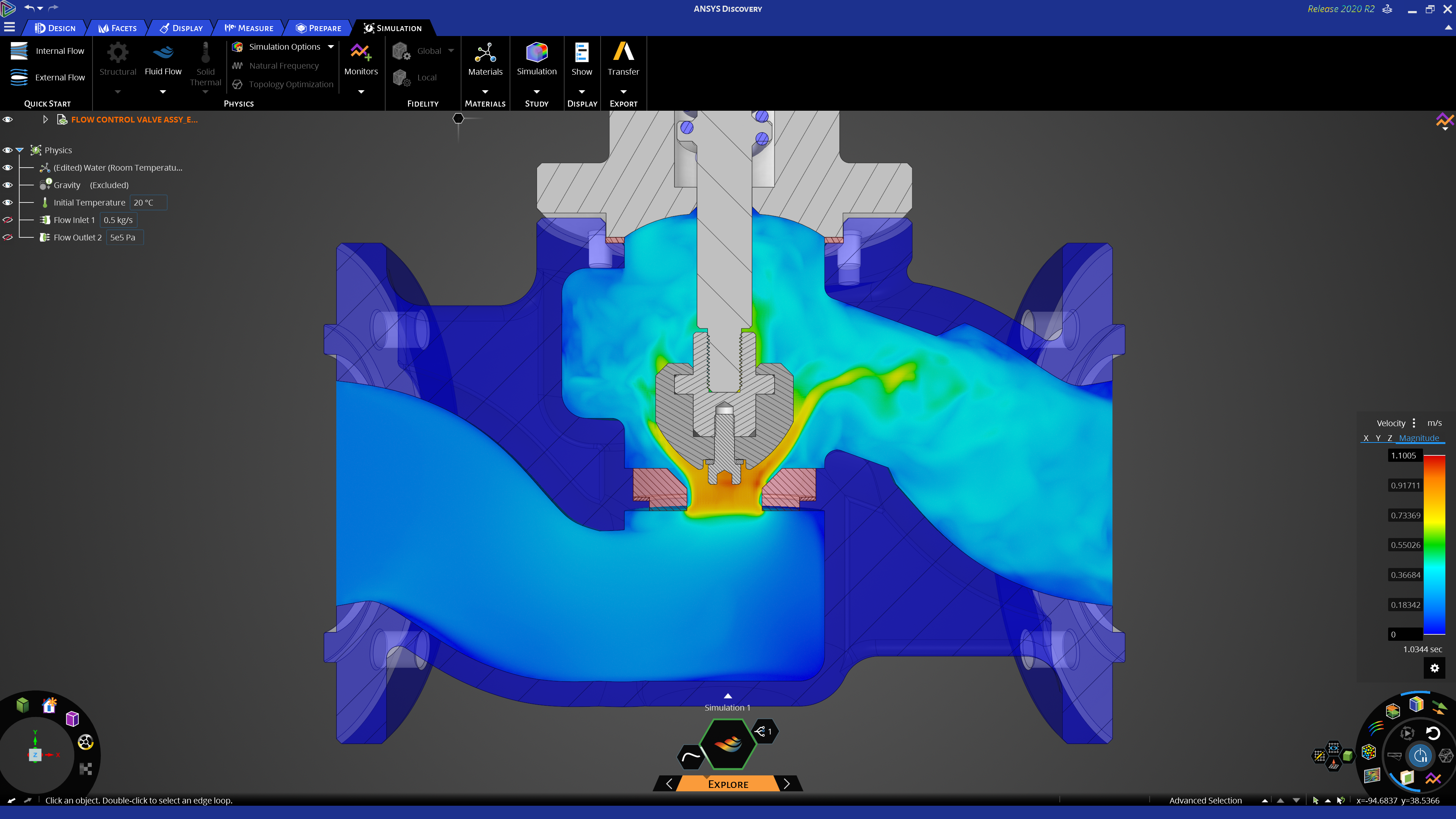BMW Group is developing passive safety systems for its next generation of high-performance vehicles, having used Ansys LS-DYNA to accurately predict corresponding vehicle behaviour during collisions.
Passive systems – features that activate during an accident, like seat belts and air bags – are subject to demanding testing and must undergo extensive and rigorous crash test scenarios during the design and development phases before they can be proven safe.
As vehicles become more complex, the regulations for passing these tests become more stringent.
Ansys has explained that together with its European channel partner DYNAmore, that it is supplying BMW Group with Ansys LS-DYNA for testing future passive safety systems.
The simulation software allows engineers to optimise structural design for energy absorption during crashes and improve the interplay between different restraint systems, such as seatbelt tensioners and both front and side airbags.
Ansys LS-DYNA is a highly scalable multiphysics solver that simulates the behaviour of most vehicle components as well as the complete vehicle within a fully coupled mathematical framework.
With this in mind, Ansys says that for clients like BMW Group, LS-DYNA can allow them to implement a coherent, passive safety concept within a short development timeframe and with minimal use of hardware.
This is primarily due to LS-DYNA being scalable on high-performance parallel computer architectures, where it boasts an extensive range of material models, and is able to facilitate rapid implementation of development requests.
The project with BMW pushed LS-DYNA and its methods and algorithms to the max, says DYNAmore’s MD Ulrich Franz,
“The specific requirements of BMW Group, with regards to the technical functionality and the integration into the existing processes and workflows, were the main challenges that could only be met with great effort in all respects.
“DYNAmore works as an ongoing partner in software development, method development, user support and as an expert in materials science.”
“Following the successful acquisition of LSTC and integration of LS-DYNA into our product suites, Ansys’ capabilities in this area are unmatched,” said Ansys senior VP Shane Emswiler.
“Our many ongoing collaborations combined with our open-ecosystem and cutting-edge simulation solutions enable us to go one step further in the integration of passive and active security systems to meet the high demands of the automotive industry.”
If you’re interested in this then you might want to read our first look at Ansys Discovery, here.
“With the launch of Ansys Discovery, Ansys has launched a significant expansion of its next generation simulation products.”






